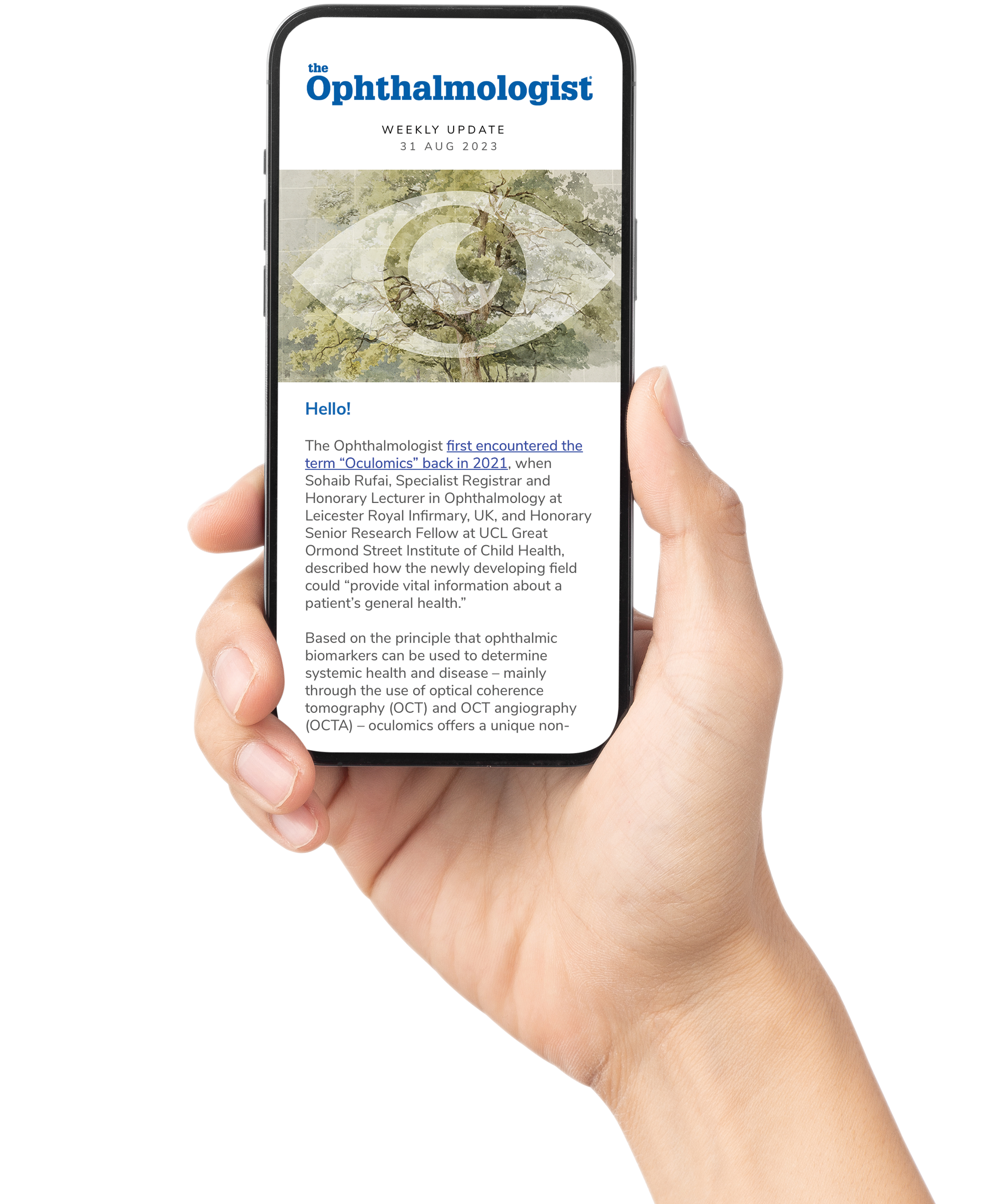
When evaluating refractive surgery options, it’s not just about selecting the “best” procedure. You must also identify which one aligns with each patient’s anatomical and lifestyle profile. LASIK, PRK, and SMILE each have unique clinical indications. Developing a greater understanding of each procedure can help to maximize outcomes and minimize potential complications.
This guide breaks down key differences in patient eligibility based on factors such as corneal thickness, dry eye suitability, and risk profiles, along with stats-backed outcomes and a comparative chart for fast reference.
LASIK eye surgery: best candidates
Ideal LASIK eye surgery candidates typically meet the following criteria:
Need treatment for astigmatism, myopia, and hyperopia.
Age 18 or older with stable refraction for 12+ months.
Corneal thickness ≥500–550 µm.
No ocular or systemic contraindications.
No history of keloids or autoimmune disease.
Not pregnant or breastfeeding.
Efficacy stat: LASIK delivers 20/20 or better vision in over 90% of patients with myopia and astigmatism.
However, LASIK is not ideal for patients at high risk of eye trauma (e.g., contact sports) due to flap dislocation risk.
PRK eye surgery: best candidates
PRK is often recommended for:
Patients with thin corneas.
Those with moderate to high refractive errors.
Dry eye sufferers or those at risk of flap complications.
Individuals in high-risk professions (military, boxing, etc.)
Patients who have undergone LASIK previously, but need enhancement for distant vision.
Efficacy stat: Approximately 70% of PRK patients achieve 20/20 vision, and around 92% achieve 20/40 or better after recovery.
While the recovery period of PRK is longer and more uncomfortable than LASIK, visual outcomes at 3–6 months are typically comparable.
SMILE eye surgery: best candidates
SMILE is FDA-approved for:
Myopia (-1.00 D to -10.00 D) and astigmatism (up to -3.00 D)
Patients with stable refraction (±0.5 D) for 12 months
Minimum corneal thickness: 475 µm
Patients must have a healthy ocular surface and must be free from any of the following pre-existing ocular conditions: cataracts, corneal disorders (including thinning syndromes), abnormal scarring, epithelial basement membrane dystrophy, significant corneal abnormalities, uncontrolled or advanced glaucoma, active ocular inflammation or allergy, keloid formation, and functional monocularity.
Efficacy stat: In recent studies, 88% of SMILE patients achieved 20/20 or better vision, with lower rates of postoperative dry eye compared to LASIK.
SMILE is ideal for athletes, military personnel, and patients with dry eye concerns.
Comparative Summary Table: LASIK vs PRK vs SMILE
FAQs
Is LASIK better than SMILE for thin corneas?
Not necessarily. LASIK requires a corneal flap and residual stromal bed (RSB) thickness of at least 250 µm post-ablation, which may not be feasible in patients with thin or borderline corneas.
SMILE removes less tissue overall than LASIK, making it a promising alternative in certain scenarios involving thin corneas, provided the corneal thickness is at least 475 microns.
PRK is also often preferred for these cases since it involves surface ablation and preserves more corneal tissue.
Which eye surgery is best for dry eye patients?
SMILE preserves more corneal nerves due to its flapless nature, making it the most dry eye–friendly option. Patients with pre-existing dry eye are often poor candidates for LASIK due to the risk of flap-related nerve damage, which may exacerbate symptoms. PRK and SMILE tend to induce fewer dry eye symptoms postoperatively.
Which procedure is best for high-risk professions?
PRK is better suited for patients involved in contact sports or high-risk environments due to its no-flap approach. LASIK's corneal flap can dislodge from trauma, making it less ideal in such scenarios.
Conclusion
The decision between LASIK, PRK, and SMILE is a nuanced one. It's not about which procedure is "better" overall, but which one is clinically appropriate based on the patient's ocular anatomy, lifestyle, risk profile, and expectations.
With continued advancements in refractive technology, your role in customizing surgical choices is more critical than ever. Thus, you can use this comparative framework of LASIK vs. PRK vs. SMILE to guide conversations and ensure that each patient is matched with the safest and most effective treatment tailored to their unique needs.
